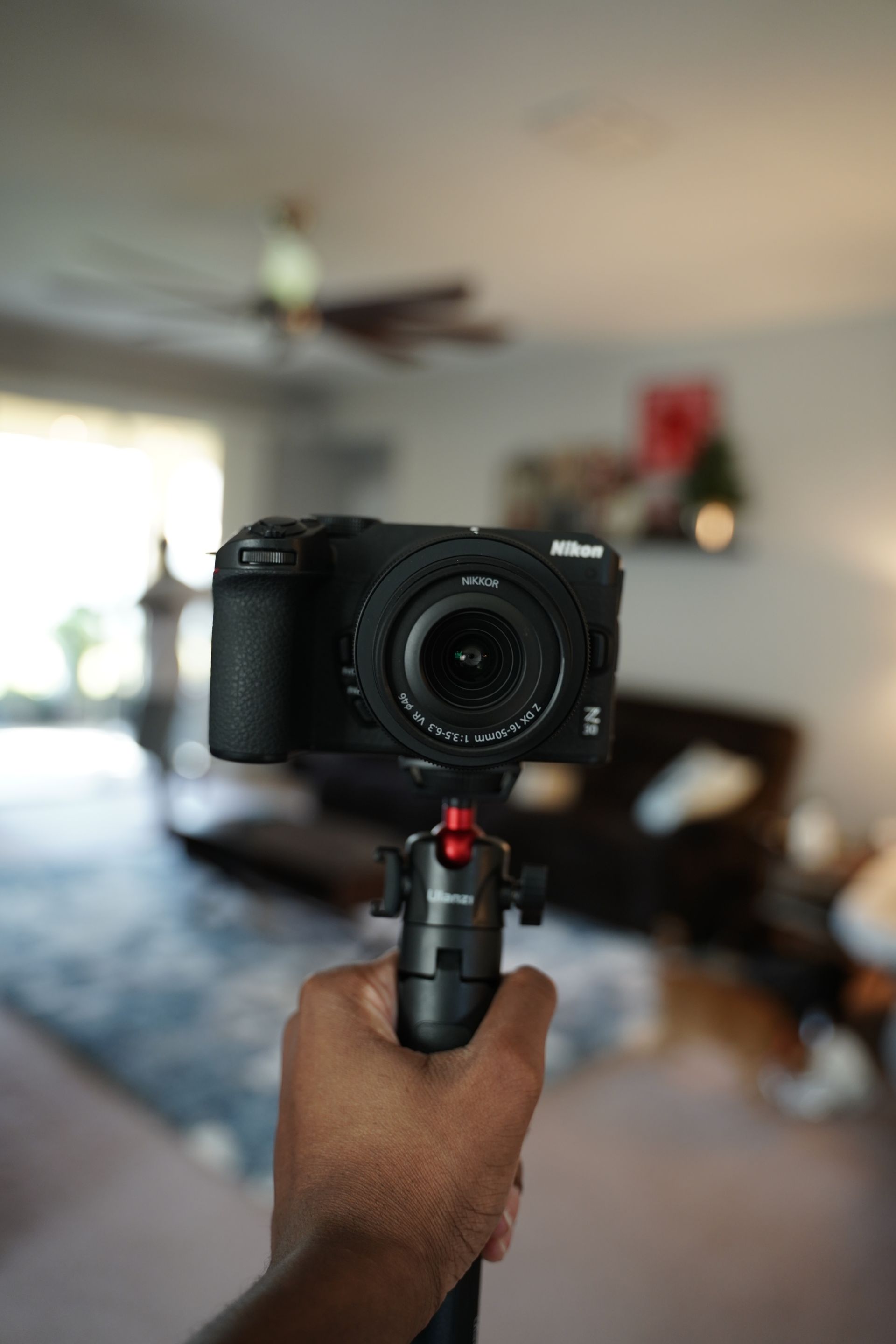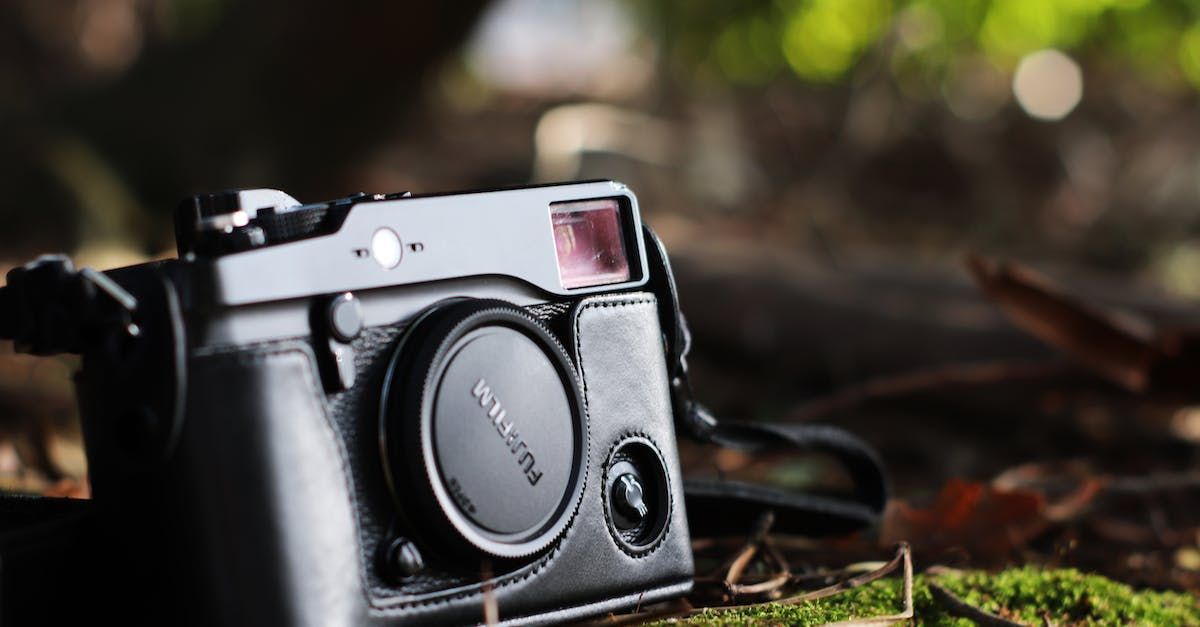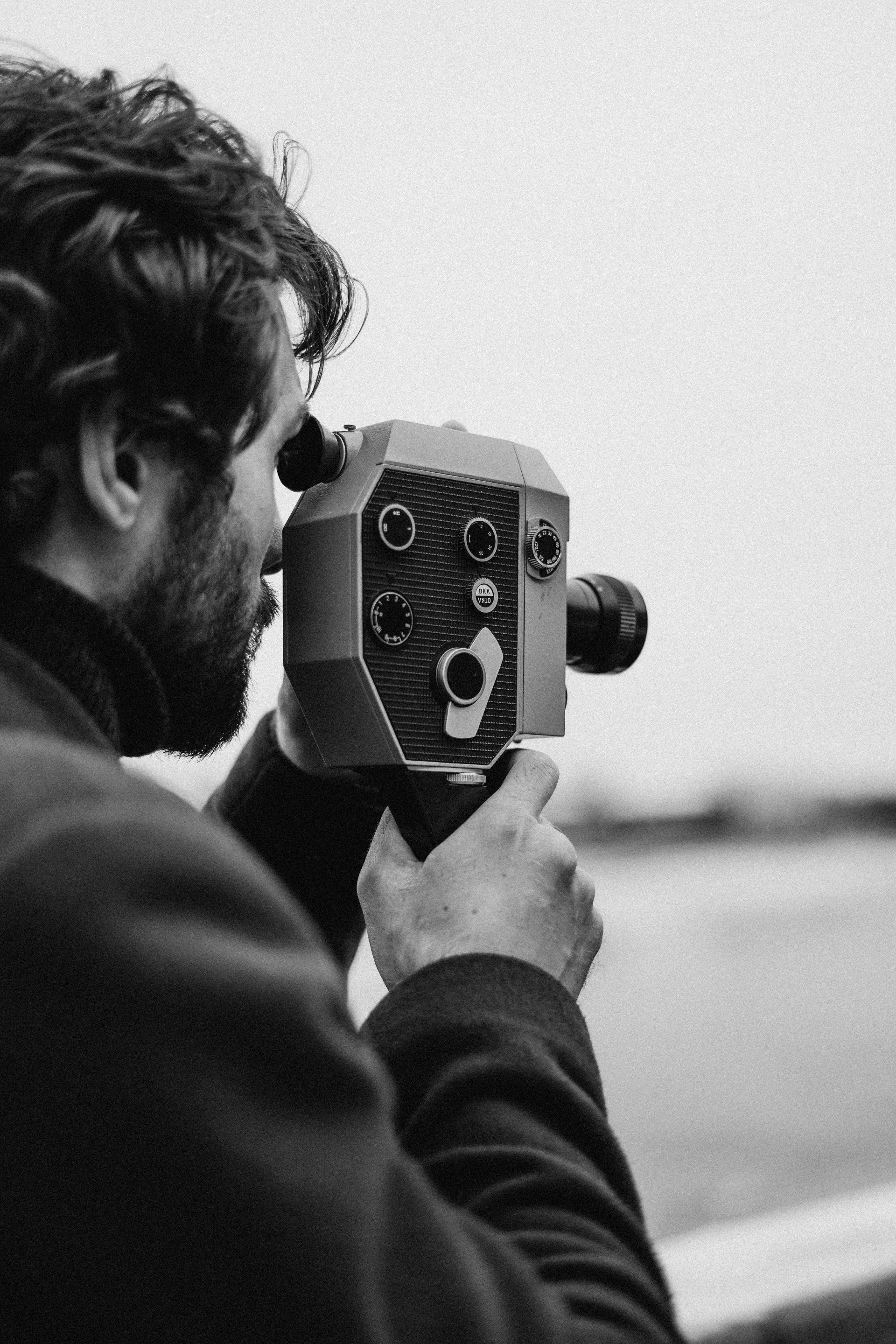What is Shutter Speed? The Complete Guide for Beginners
If you're interested in technology or have a passion for photography and videography, you might be familiar with the concept of shutter speed.
But what is it exactly? How does it affect your photos and videos? In this complete guide for beginners, we'll explore shutter speed, its importance, and how to master it for stunning results. Let's dive in!
Table of contents
Quick Definition: Shutter speed
Shutter speed, also known as exposure time, is the amount of time the camera's shutter remains open to capture light and create an image or video. It is measured in fractions of a second, for example, 1/200 s, or in seconds if longer exposure is needed.
What is shutter speed?
Shutter speed in photography describes the length of time a camera's shutter is open, allowing light to pass onto the camera sensor. This timespan directly influences the outcome of a photograph, affecting both its exposure and motion blur.
It can be used creatively, with fast shutter speeds freezing action and slow shutter speeds blurring motion. Thus, understanding and controlling shutter speed can greatly enhance the quality and aesthetic of your photos.
How does shutter speed differ from aperture?
Shutter speed and aperture are both essential elements of photography, but they serve different purposes. Shutter speed, as discussed earlier, controls the duration of the exposure, i.e., how long the sensor is exposed to light. On the other hand, aperture governs the amount of light that enters the camera lens. It is defined by f-stops, with lower values indicating a wider opening (allowing more light in) and higher values representing a smaller opening (allowing less light in).
While shutter speed can influence the depiction of motion in the shot, aperture directly affects the depth of field — a wider aperture (lower f-stop) creates a shallow depth of field, blurring the background, while a narrow aperture (higher f-stop) generates a deeper depth of field, keeping both foreground and background elements in sharper focus.
Importance of shutter speed
Shutter speed holds significant importance in both photography and videography, as it directly influences the visual outcome of an image or video.
Photography
In photography, shutter speed can be used to freeze motion or create a motion blur, giving the photographer the creative freedom to convey movement and speed.
Videography
For videography, shutter speed affects the film's smoothness and motion representation. A higher shutter speed can render a video crisp and sharp, while a slower shutter speed can produce a more cinematic, motion-blurred effect.
Thus, meticulous control and understanding of shutter speed are vital for capturing images and videos that tell stories, evoke emotions, and capture moments in time with desired aesthetic effects.
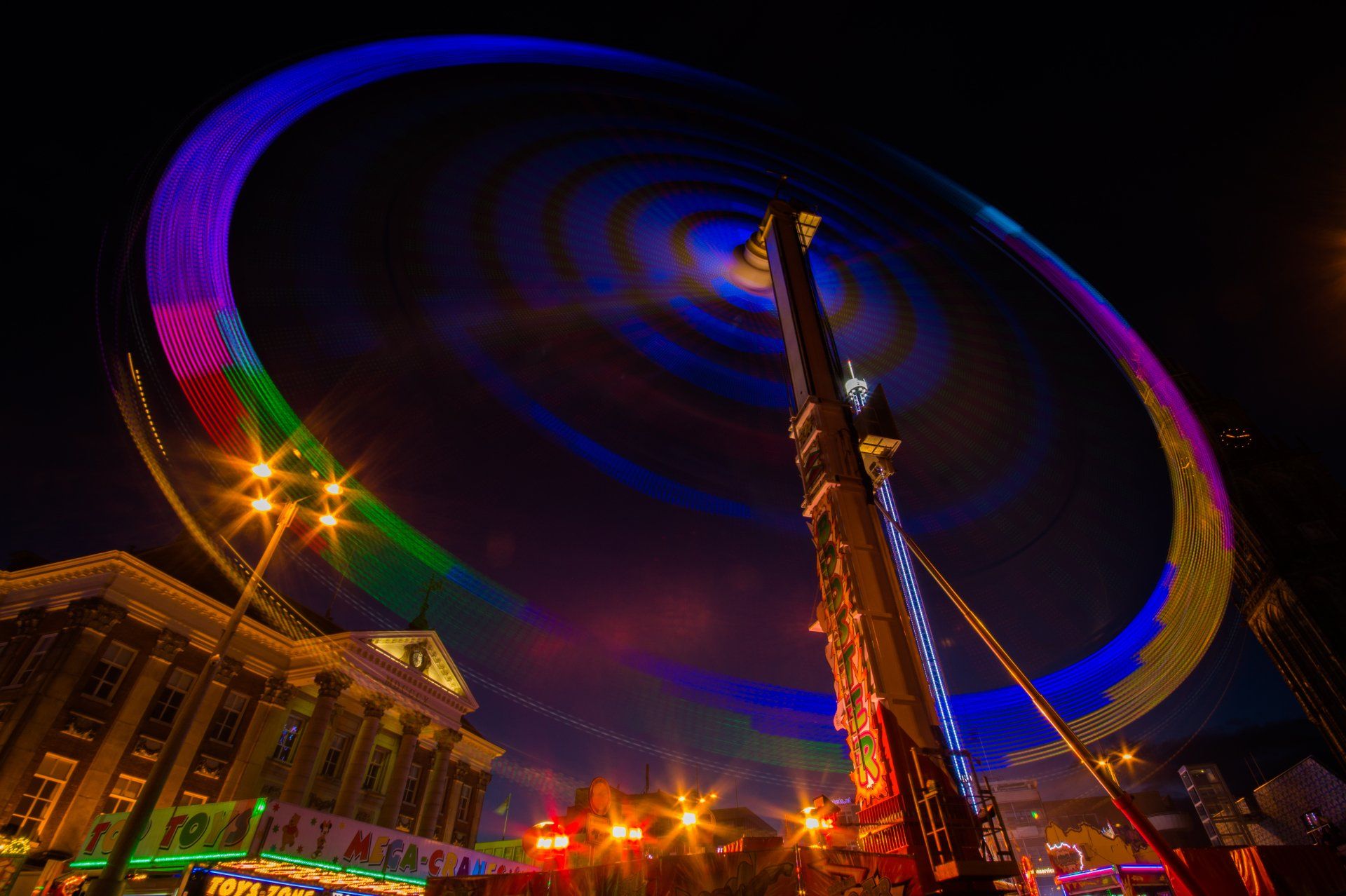
Understanding shutter speed values
Shutter speed values are typically expressed using fractions of a second. The larger the denominator, the faster the shutter speed, and the shorter the exposure time. For example, a shutter speed of 1/1000 s is faster than 1/60 s.
Fast vs. slow shutter speed
Both fast and slow shutter speeds have their advantages and uses. Here's a quick breakdown:
- Fast shutter speed: Ideal for freezing motion and capturing fast-moving subjects. It reduces motion blur and provides sharp images.
- Slow shutter speed: Great for low-light situations, long exposures, and conveying a sense of motion. It can create artistic blur effects or capture light trails.
Shutter speed values cheat sheet
| Shutter Speed | Ideal Use |
|---|---|
| 1/1000s or Faster | Fast-action photography (Sports, Wildlife) |
| 1/500s to 1/1000s | General action photography |
| 1/250s to 1/500s | Everyday photography, moving subjects |
| 1/125s to 1/250s | Moderate-speed action, general photography |
| 1/60s to 1/125s | Portraits, slower moving subjects |
| 1/30s to 1/60s | Artistic motion blur (Waterfalls, City lights) |
| 1/15s to 1/30s | Creative long exposure effects |
| 1/8s to 1/15s | Extended long exposure (Night photography) |
| 1/4s or Slower | Very long exposure, specialized creative shots |
What shutter speed should you use?
Different photographic scenarios call for different shutter speeds. Here are some common situations and their respective recommended settings:
Landscape
Stick to slower shutter speeds (e.g., 1/60 s or lower) to capture more detail.
Portrait
Use a moderate shutter speed (e.g., 1/125 s to 1/250 s) to keep the subject sharp and avoid camera shake.
Street photography
Opt for a faster shutter speed (e.g., 1/250 s or higher) to freeze motion and capture subjects on the move.
Videography
As a general rule, keep your shutter speed double the frame rate (e.g., a 1/50 s shutter speed for a 24 fps video).
Mastering the Art of Shutter Speed
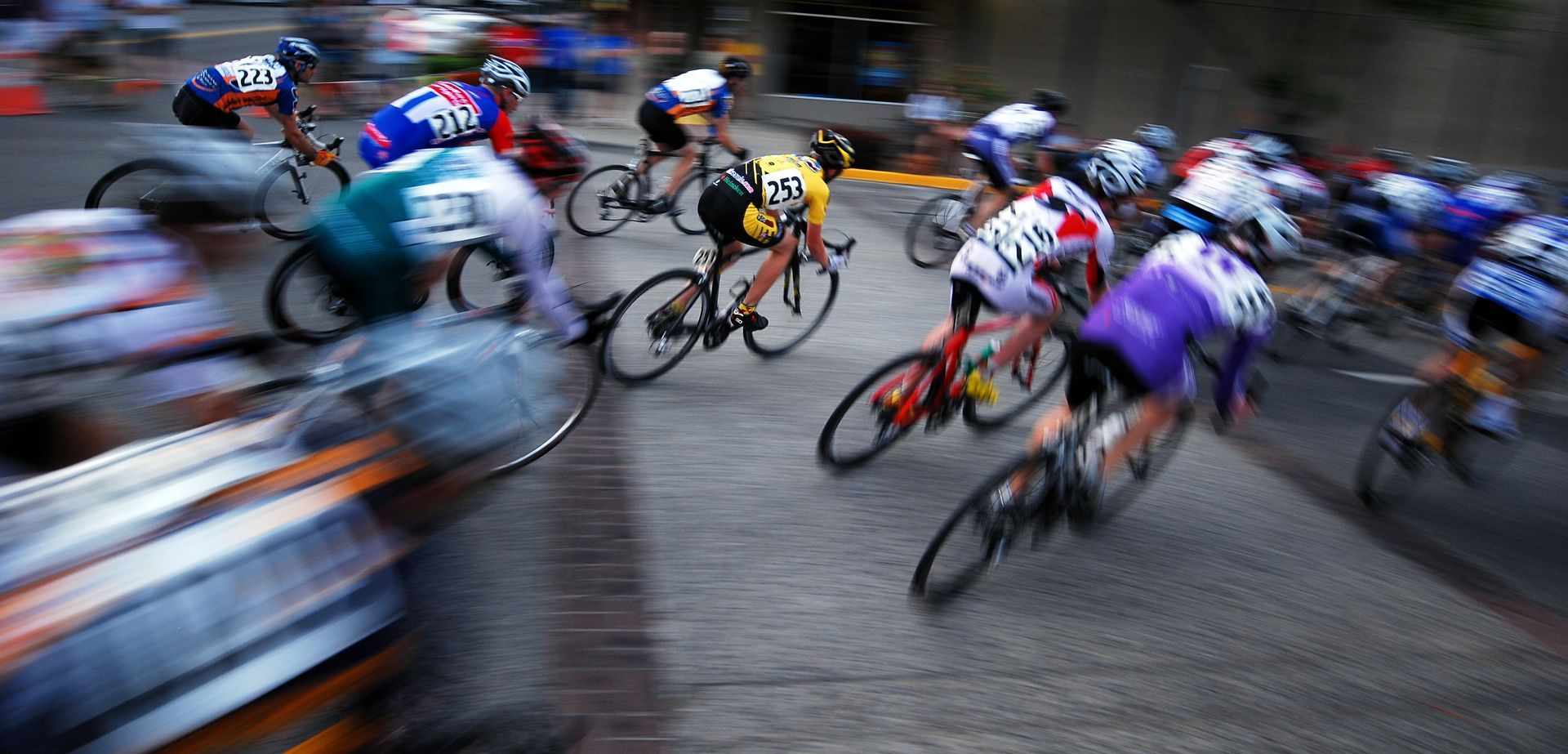
To gain expertise in using shutter speed creatively and effectively, practice in different lighting conditions and with various subjects. Experiment with different settings and evaluate the results, analyzing which combinations produced the desired outcome.
Frequently asked questions about shutter speed
About the author: Brandon Sanders
Tech enthusiast, gamer, and digital wizard.
Brandon Sanders is an ardent technology enthusiast, photographer, gamer, and digital marketing aficionado. With his deep-rooted passion for all things tech, he is always on the lookout for the latest gadgets and software to enrich his digital experience. As a photographer, Brandon finds joy in capturing the intricate beauty of life's fleeting moments, often exploring his environment through the lens of his camera. He thrives on employing innovative digital strategies and exploring emerging trends, always seeking to enhance the visibility and impact of brands in the digital space. More than just hobbies, these facets of Brandon's life reflect his tireless quest for knowledge, creativity, and the drive to stay ahead in the fast-paced digital era.
